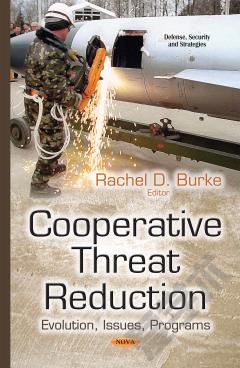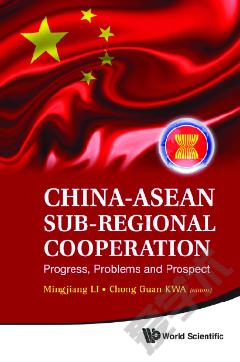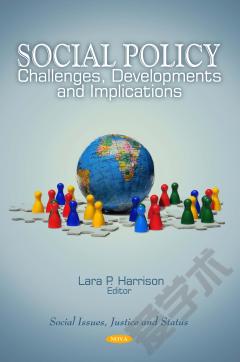Cooperative Threat Reduction: Evolution, Issues, Programs
The United States uses a number of policy tools to address the threat of attack using chemical, biological, radiological and nuclear (CBRN) weapons. These include a set of financial and technical programs known, variously, as cooperative threat reduction (CTR) programs, nonproliferation assistance, or, global security engagement. Congress has supported these programs over the years, but has raised a number of questions about their implementation and their future direction. Over the years, the CTR effort shifted from an emergency response to impending chaos in the Soviet Union to a broader program seeking to keep CBRN weapons away from rogue nations or terrorist groups. It has also grown from a DOD-centered effort to include projects funded by the Department of Defense (DOD), the State Department, the Department of Energy (DOE), and the Department of Homeland Security (DHS). This book summarizes cooperative activities conducted during the full 20 years of U.S. threat reduction and nonproliferation assistance. It also provides basic information on the Global Security Contingency Fund (GSCF) legislation.
{{comment.content}}








 京公网安备 11010802027623号
京公网安备 11010802027623号